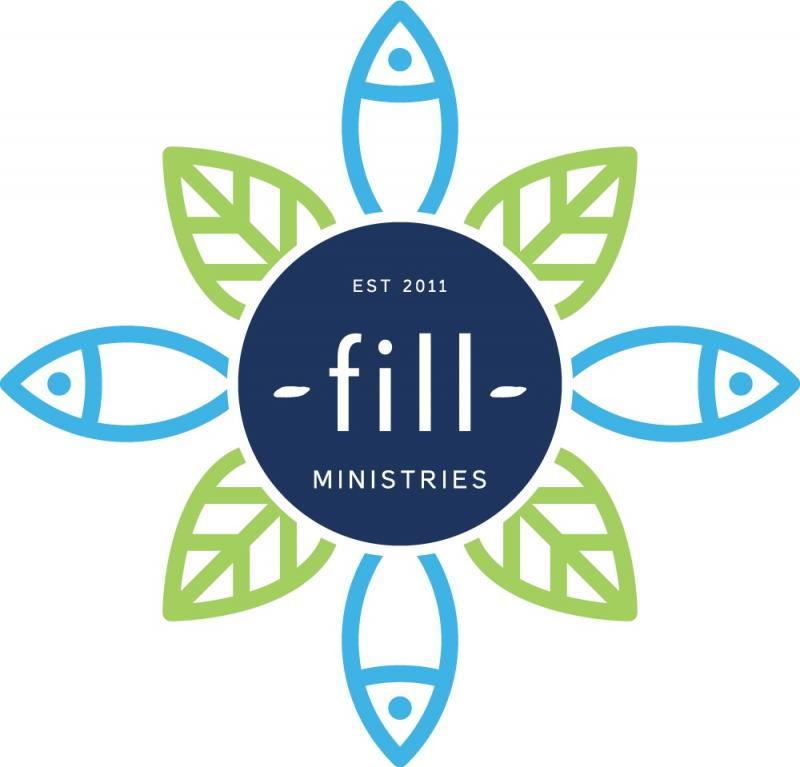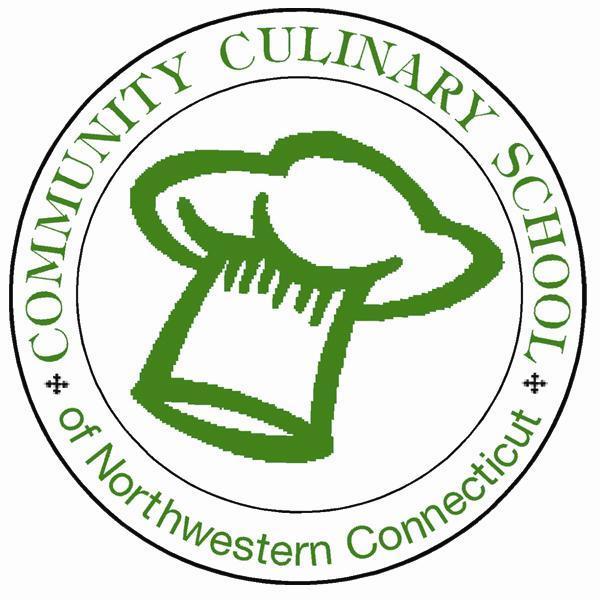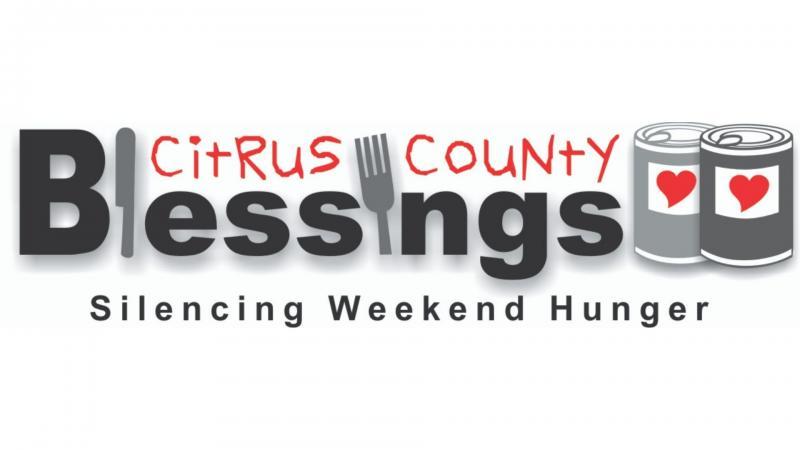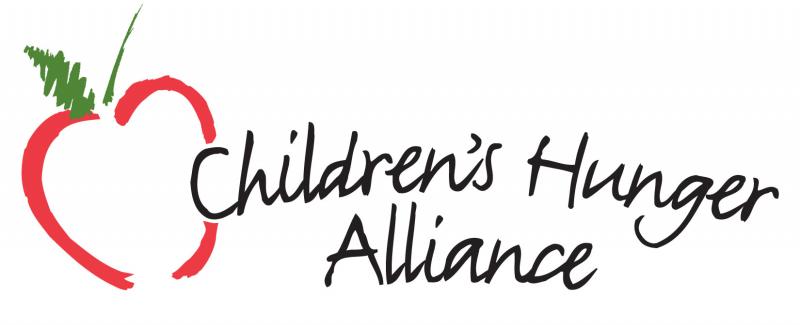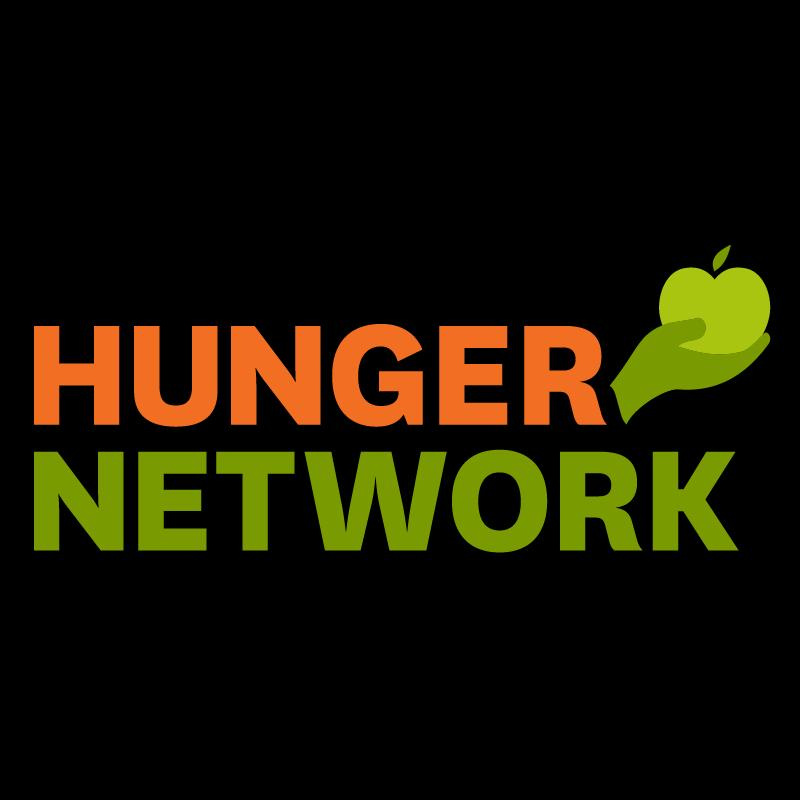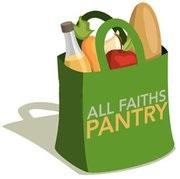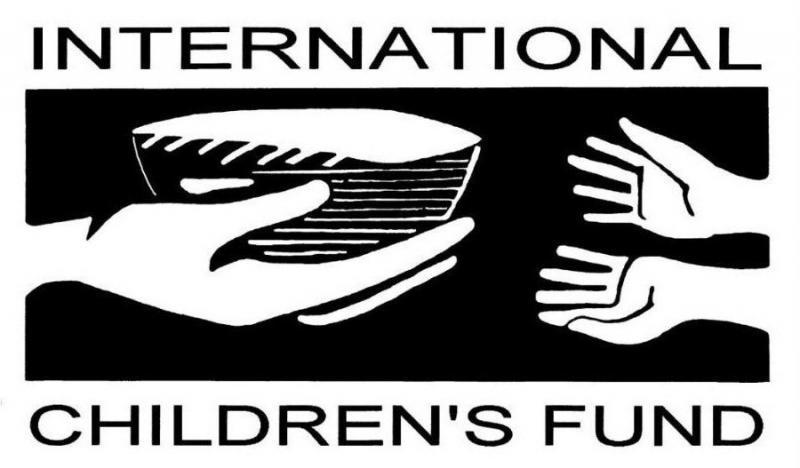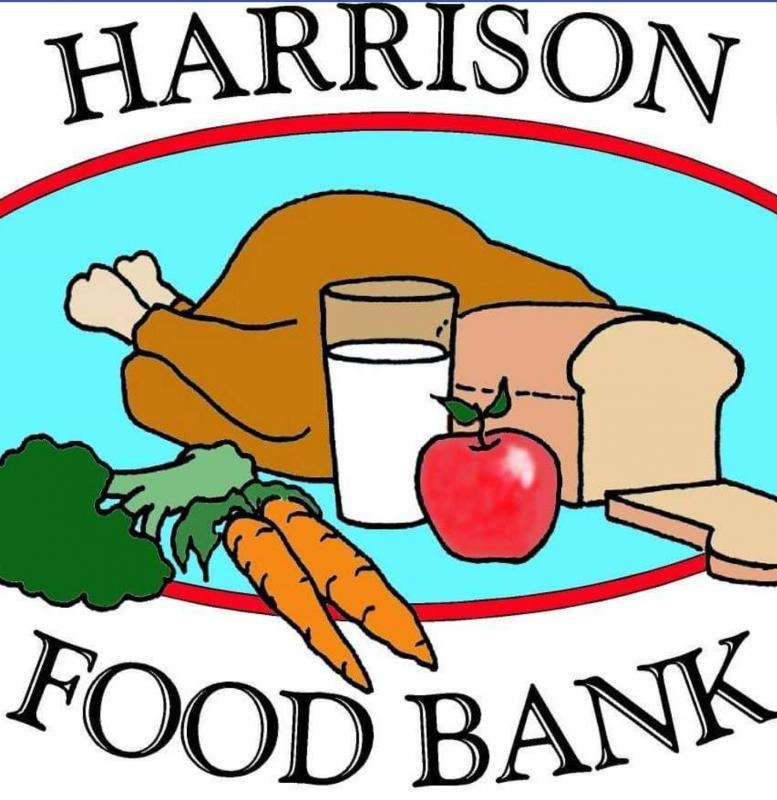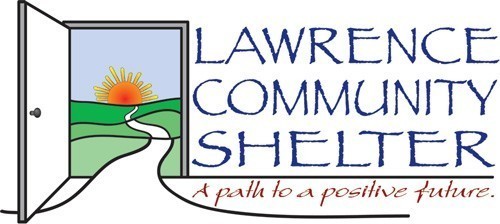Causes: Food, Food Banks & Pantries, Food Programs, Health, Health Support
Mission: The Arkansas Foodbank is a cornerstone of hunger relief that acquires and distributes, through local and national partnerships, large quantities of food and other resources to hungry people. The Arkansas Foodbank has been working since 1984 to eliminate hunger in Arkansas by providing nutritious food to those in need. In 2008, we distributed almost 11 million pounds: more than 9.2 million pounds of food to our more than 400 member agencies in 33 central and southern Arkansas counties and 1.6 million to other food banks in the state. That is about 55,000 pounds of food per day! Our network of member agencies includes food pantries, soup kitchens, shelters, senior centers, and after-school programs. Ninety-five percent of everything the Arkansas Foodbank receives is allocated to programs, enabling our agencies to serve about 23,000 hungry Arkansans in any given week.
Geographic areas served: 33 counties in central and southern Arkansas
Programs: Our food for families program focuses on connecting our partner agencies with local, state and national resources with food and funds to strengthen their programs, ultimately enabling them to better serve their community. To do this, we employ the following tactics: work to provide access to healthy and nutritious food to families; partner with nearly 320 agencies that include community pantries, soup kitchens and shelters across 33 counties; provide mini-grants to build agency capacity that can serve as food credits and/or purchase equipment; implement our local partner development initiative (lpdi), a program piece designed to involve local residents and resources to address hunger relief on a local community level; conduct foodbank university training sessions to improve pantry services through an array of best practice topics; design and implement new program initiatives to tackle barriers to food security.
usda commodities: local, state and national governments recognize the importance of providing adequate resources for citizens. Some government programs that help feed hungry people include: snap, wic, tefap commodities, school breakfast, school lunch, summer meals and after school meals. Locally, city and county governments provide support to soup kitchens and pantries and partner with local organizations to connect hungry people with resources. Collaborations between the public, private and non-profit sector are the most effective at addressing hunger. The emergency food assistance program(tefap) is an effective federal program that helps supplement the diets of low income americans, by providing them with emergency food and nutrition assistance via food banks. The program was designed to help reduce federal food inventories and storage costs while assisting low income persons. Tefap is the backbone of the charitable food system - providing almost 20% of the food that was distributed through local hunger-relief agencies last year. In 2017,87 partner agencies received tefap commodities from the arkansas foodbank. In total, 2,386,000 pounds of nutritious food was distributed via the foodbank from the usda program.
our food for kids program focuses on effective, cost-efficient and replicable hunger relief programs to target children. As we researched the answers to our questions, four strategies emerged that clearly met the criteria. Backpack program: in 1994, the arkansas rice depot launched the backpack program, sending hungry children home with backpacks filled with food every weekend. In 2017 the backpack program, served over 5,000 kids in 90 schools last year. School pantries: school pantries are readily accessible sources of food assistance for low income children aged 0-18 and their families. School pantries operate much like other food pantries, with the exception that the pantry only serves school children and their families. Sites are either located on a schools campus or close by, have set distribution schedules, and offer ongoing food assistance services. After school snack & meals programs: afterschool snack and meals programs operate in local nonprofit organizations and churches. Many children come to these programs at the end of the school day and participate in tutoring, athletic and creative programs and are served a nutritious snack and/or meal. For many children in these programs, this is supper and will be the only food they have until breakfast at school the next morning. Summer feeding program: summer feeding provides crucial nutrition during the time school is not in session and children lose access to free meals at the school cafeteria. Most sites provide breakfast, lunch and possibly a late-day meal. All sites are open, meaning the children do not have to be enrolled in a program and can show up at meal time and be fed.
Mission: The Arkansas Foodbank is a cornerstone of hunger relief that acquires and distributes, through local and national partnerships, large quantities of food and other resources to hungry people. The Arkansas Foodbank has been working since 1984 to eliminate hunger in Arkansas by providing nutritious food to those in need. In 2008, we distributed almost 11 million pounds: more than 9.2 million pounds of food to our more than 400 member agencies in 33 central and southern Arkansas counties and 1.6 million to other food banks in the state. That is about 55,000 pounds of food per day! Our network of member agencies includes food pantries, soup kitchens, shelters, senior centers, and after-school programs. Ninety-five percent of everything the Arkansas Foodbank receives is allocated to programs, enabling our agencies to serve about 23,000 hungry Arkansans in any given week.
Geographic areas served: 33 counties in central and southern Arkansas
Programs: Our food for families program focuses on connecting our partner agencies with local, state and national resources with food and funds to strengthen their programs, ultimately enabling them to better serve their community. To do this, we employ the following tactics: work to provide access to healthy and nutritious food to families; partner with nearly 320 agencies that include community pantries, soup kitchens and shelters across 33 counties; provide mini-grants to build agency capacity that can serve as food credits and/or purchase equipment; implement our local partner development initiative (lpdi), a program piece designed to involve local residents and resources to address hunger relief on a local community level; conduct foodbank university training sessions to improve pantry services through an array of best practice topics; design and implement new program initiatives to tackle barriers to food security.
usda commodities: local, state and national governments recognize the importance of providing adequate resources for citizens. Some government programs that help feed hungry people include: snap, wic, tefap commodities, school breakfast, school lunch, summer meals and after school meals. Locally, city and county governments provide support to soup kitchens and pantries and partner with local organizations to connect hungry people with resources. Collaborations between the public, private and non-profit sector are the most effective at addressing hunger. The emergency food assistance program(tefap) is an effective federal program that helps supplement the diets of low income americans, by providing them with emergency food and nutrition assistance via food banks. The program was designed to help reduce federal food inventories and storage costs while assisting low income persons. Tefap is the backbone of the charitable food system - providing almost 20% of the food that was distributed through local hunger-relief agencies last year. In 2017,87 partner agencies received tefap commodities from the arkansas foodbank. In total, 2,386,000 pounds of nutritious food was distributed via the foodbank from the usda program.
our food for kids program focuses on effective, cost-efficient and replicable hunger relief programs to target children. As we researched the answers to our questions, four strategies emerged that clearly met the criteria. Backpack program: in 1994, the arkansas rice depot launched the backpack program, sending hungry children home with backpacks filled with food every weekend. In 2017 the backpack program, served over 5,000 kids in 90 schools last year. School pantries: school pantries are readily accessible sources of food assistance for low income children aged 0-18 and their families. School pantries operate much like other food pantries, with the exception that the pantry only serves school children and their families. Sites are either located on a schools campus or close by, have set distribution schedules, and offer ongoing food assistance services. After school snack & meals programs: afterschool snack and meals programs operate in local nonprofit organizations and churches. Many children come to these programs at the end of the school day and participate in tutoring, athletic and creative programs and are served a nutritious snack and/or meal. For many children in these programs, this is supper and will be the only food they have until breakfast at school the next morning. Summer feeding program: summer feeding provides crucial nutrition during the time school is not in session and children lose access to free meals at the school cafeteria. Most sites provide breakfast, lunch and possibly a late-day meal. All sites are open, meaning the children do not have to be enrolled in a program and can show up at meal time and be fed.
4301 W. 65th St., Little Rock, AR 72209
501-565-8121

Food
Little Rock




